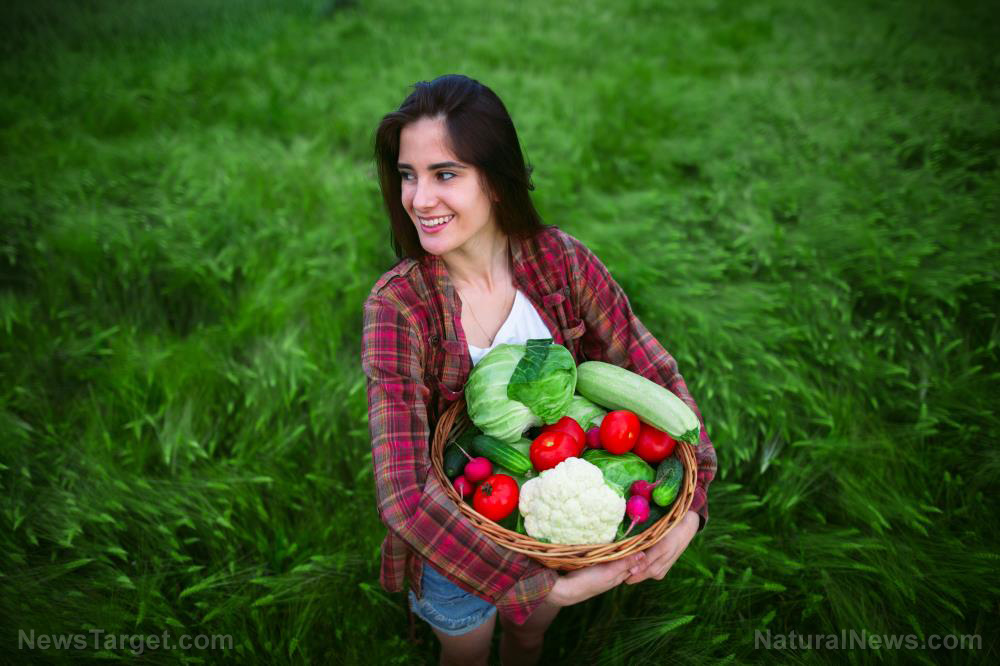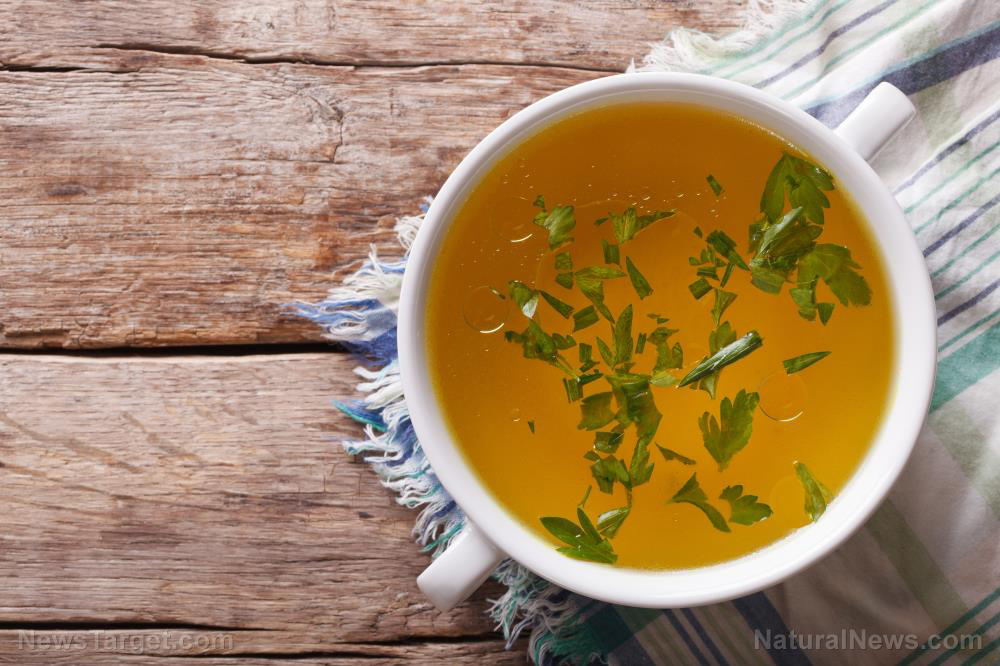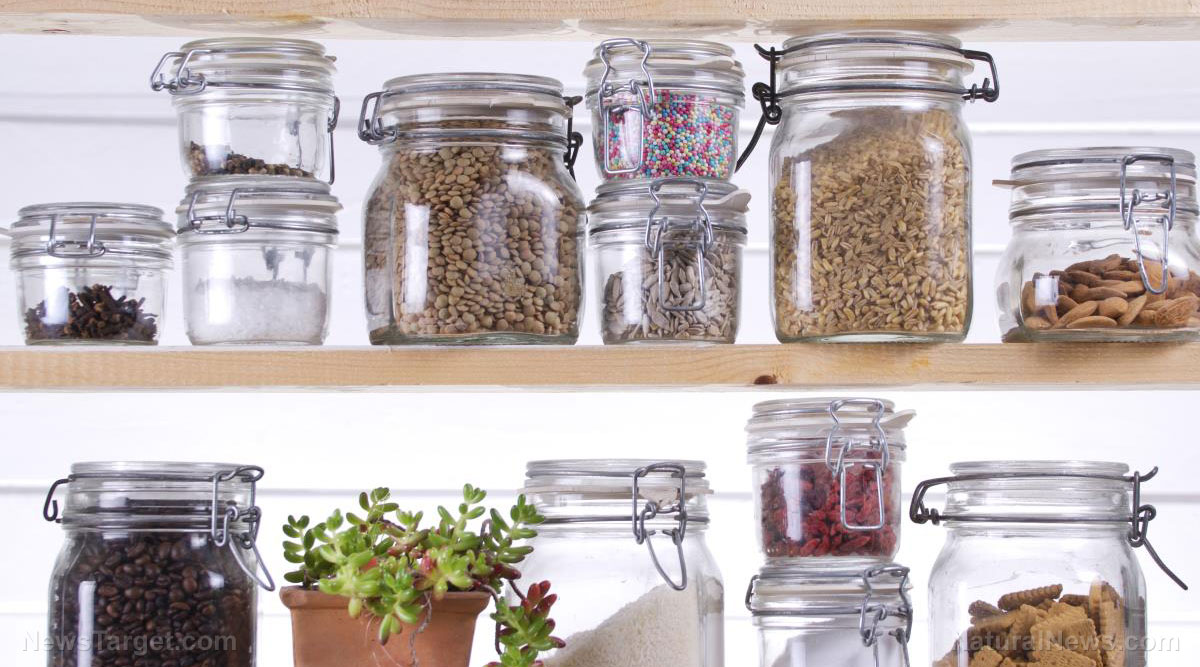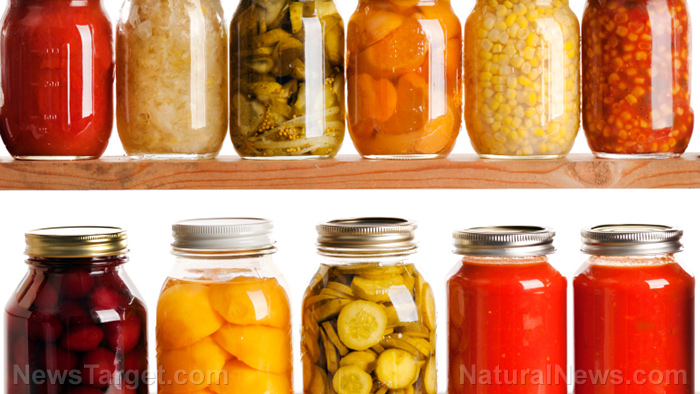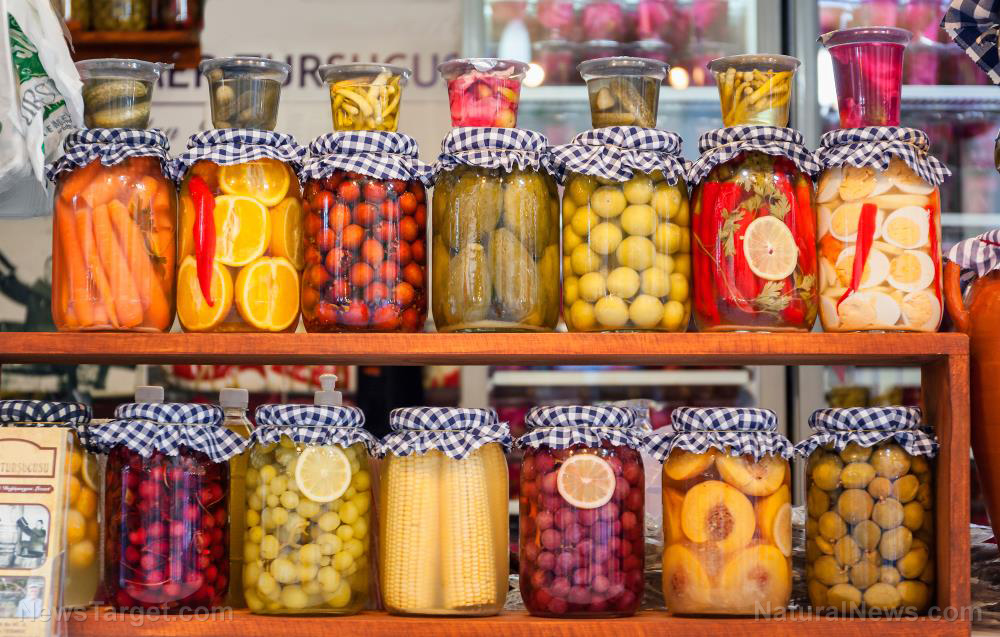
Storing food properly can help reduce food waste and save you a bit of money for other food items. Preserving your harvest also ensures that you have access to off-season fruits and vegetables throughout the whole year.
The benefits and disadvantages of 6 food storage methods
If you have the time and equipment, here are six different food storage and preservation methods that you can use to add more supplies to your pantry.
Canning
Canning is a cost-effective way of preserving certain kinds of fruits and vegetables.
This method is often used to preserve foods such as:
- Applesauce
- Baby puree
- Fruits
- Jams, jellies and marmalades
- Pickles
- Sauerkraut
- Vegetables
When preserving food at home, always follow the basic steps for proper canning. First, thoroughly wash the fresh produce you’ll be processing, then peel them as needed. Use acids like lemon juice or vinegar if the food isn’t acidic.
Store food in clean, self-sealing containers with lids. Canning jars are usually processed by boiling water for acidic fruits and vegetables, called a 'hot water bath', or via a pressure canner for low-acid fruits and vegetables. How long the process takes depends on the food that you’re processing.
Boiling or using a pressure canner will prevent bacterial growth and kill any pathogens so the food is safe to eat. And, canned foods can be eaten right out of the container so you don’t have time to prep them before serving.
There are some downsides when canning food, such as contamination. This can occur if you don’t follow proper procedures and use the right equipment.
Cold storage
Cold storage is one of the easiest ways to preserve food, but this requires a freezer that’s large enough to store your supplies. If you don’t have a refrigerator or freezer, you can keep foods in cold storage if you have an underground root cellar.
This method suits foods like:
- Apples
- Cabbage
- Celery
- Pears
- Root vegetables
Separate other fruits and vegetables from apples, bananas, blueberries, cantaloupe, potatoes and tomatoes because they give off ethylene gas that can make other produce ripen and brown faster.
Produce like apricots, asparagus, grapes, green onions and strawberries should be refrigerated immediately. Fruits like avocados, kiwi, peaches and pears should ripen on the counter before refrigeration.
Don’t refrigerate ginger, jicama, mandarin oranges or pomegranates because they last longer when stored at room temperature.
There are some downsides to keeping food in cold storage, like having food dry out, wilt or develop mold permaturely. To prevent these issues, store fruits and vegetables in containers with holes to promote air circulation like baskets or mesh bags.
Drying or dehydration
Drying certain foods like fruits, vegetables and herbs helps increase flavor and frees up space in your kitchen or stockpile.
Dehydration removes water from fresh food, which then prevents bacterial growth. Dehydrated food processed at home should have a moisture content of only 20 percent or less.
To dehydrate food, you’ll need a commercial dehydrator. Alternatively, you can hang bunches of fresh herbs to dry, use an oven or make a DIY solar food dryer. Before drying certain fruits and vegetables, blanch them, or quickly dip them in boiling water, to help preserve them. (Related: A crash course on food drying for preppers.)
Some dehydration drawbacks include loss of certain minerals and nutrients, like vitamins A, C and thiamine, which are all sensitive to heat and air.
Fermentation
Fermenting foods helps boost your intake of healthy probiotics, or beneficial bacteria, that you need for better digestive and immune health.
To ferment foods, you need to start with lacto-fermentation. This bacterial process preserves and boosts nutrients in food.
First, you need to chop, grate or prepare your raw food. Choose the culture you’ll use, like salt, whey or a starter culture.
Prepare and add brine, then place everything in an air-tight container. Store the food in a cool room.
To keep mold from growing in your fermented foods, use fresh fruits and vegetables. You should also choose the appropriate cool temperature for fermentation, which is anywhere between 65 to 70 F.
Finally, add the right amount of salt, or about one to three tablespoons per quart of water, to prevent mold.
Freezing
You can freeze foods like:
- Baby purees
- Blanched vegetables
- Chopped fruit
- Soups
- Veggie burger patties
Foods stored in a properly maintained freezer will last for a long time. When you’re ready to prep the food, thaw it before cooking.
One downside of freezing is freezer burn, which happens when air comes in contact with the surface of the food and causes grayish-brown spots. While the food is still safe to eat, the item may be dry in certain areas.
Pickling
Pickling is similar to fermentation and you can use it to preserve foods such as:
To make pickled food, you need a high-acid solution made via natural fermentation or by adding vinegar and salt. Pickling helps prevent spoilage and extends the shelf life of food.
Pickling requires simple ingredients and tools like your chosen fruit or vegetable, a high-acid brine solution (water, vinegar, salt and optional sugar) and an air-tight container.
Make the most of an excess harvest from your garden or buy produce in bulk and learn how to preserve food at home. This new skill is also a great way to be more self-sufficient, save money and reduce food waste.
Sources include:
Please contact us for more information.
















